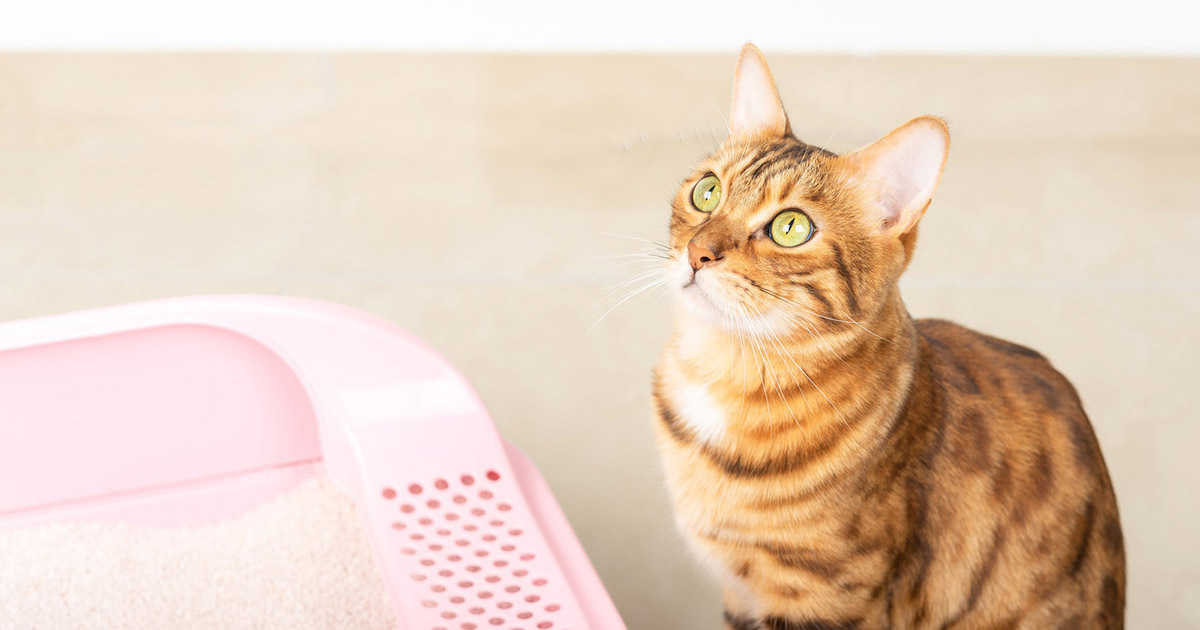The publisher is making several great annotation related to How to Dispose of Cat Poop and Litter Without Plastic Bags overall in this great article just below.

Introduction
As cat owners, it's necessary to bear in mind just how we take care of our feline buddies' waste. While it may seem convenient to flush cat poop down the bathroom, this method can have damaging repercussions for both the setting and human wellness.
Ecological Impact
Purging feline poop presents unsafe pathogens and parasites right into the water supply, posturing a substantial danger to aquatic environments. These contaminants can negatively affect aquatic life and compromise water quality.
Health and wellness Risks
Along with environmental problems, purging pet cat waste can additionally posture health threats to human beings. Feline feces may include Toxoplasma gondii, a parasite that can cause toxoplasmosis-- a potentially serious disease, particularly for pregnant females and people with weakened immune systems.
Alternatives to Flushing
Fortunately, there are safer and a lot more accountable means to throw away cat poop. Think about the adhering to alternatives:
1. Scoop and Dispose in Trash
One of the most usual technique of dealing with cat poop is to scoop it right into an eco-friendly bag and toss it in the trash. Be sure to make use of a specialized clutter inside story and deal with the waste without delay.
2. Use Biodegradable Litter
Select biodegradable feline trash made from products such as corn or wheat. These clutters are eco-friendly and can be safely taken care of in the garbage.
3. Bury in the Yard
If you have a yard, think about hiding feline waste in a marked area far from veggie gardens and water resources. Make certain to dig deep enough to stop contamination of groundwater.
4. Set Up a Pet Waste Disposal System
Buy an animal garbage disposal system specifically made for cat waste. These systems utilize enzymes to break down the waste, lowering odor and environmental effect.
Conclusion
Responsible pet dog ownership prolongs past offering food and sanctuary-- it additionally includes correct waste monitoring. By refraining from purging pet cat poop down the toilet and choosing different disposal methods, we can lessen our environmental footprint and safeguard human wellness.
Why Can’t I Flush Cat Poop?
It Spreads a Parasite
Cats are frequently infected with a parasite called toxoplasma gondii. The parasite causes an infection called toxoplasmosis. It is usually harmless to cats. The parasite only uses cat poop as a host for its eggs. Otherwise, the cat’s immune system usually keeps the infection at low enough levels to maintain its own health. But it does not stop the develop of eggs. These eggs are tiny and surprisingly tough. They may survive for a year before they begin to grow. But that’s the problem.
Our wastewater system is not designed to deal with toxoplasmosis eggs. Instead, most eggs will flush from your toilet into sewers and wastewater management plants. After the sewage is treated for many other harmful things in it, it is typically released into local rivers, lakes, or oceans. Here, the toxoplasmosis eggs can find new hosts, including starfish, crabs, otters, and many other wildlife. For many, this is a significant risk to their health. Toxoplasmosis can also end up infecting water sources that are important for agriculture, which means our deer, pigs, and sheep can get infected too.
Is There Risk to Humans?
There can be a risk to human life from flushing cat poop down the toilet. If you do so, the parasites from your cat’s poop can end up in shellfish, game animals, or livestock. If this meat is then served raw or undercooked, the people who eat it can get sick.
In fact, according to the CDC, 40 million people in the United States are infected with toxoplasma gondii. They get it from exposure to infected seafood, or from some kind of cat poop contamination, like drinking from a stream that is contaminated or touching anything that has come into contact with cat poop. That includes just cleaning a cat litter box.
Most people who get infected with these parasites will not develop any symptoms. However, for pregnant women or for those with compromised immune systems, the parasite can cause severe health problems.
How to Handle Cat Poop
The best way to handle cat poop is actually to clean the box more often. The eggs that the parasite sheds will not become active until one to five days after the cat poops. That means that if you clean daily, you’re much less likely to come into direct contact with infectious eggs.
That said, always dispose of cat poop in the garbage and not down the toilet. Wash your hands before and after you clean the litter box, and bring the bag of poop right outside to your garbage bins.
https://trenchlesssolutionsusa.com/why-cant-i-flush-cat-poop/

I was introduced to that report on How to Dispose of Cat Poop and Litter Without Plastic Bags from an acquaintance on another web blog. If you please take a moment to distribute this blog post if you enjoyed reading it. Thanks so much for your time spent reading it.
Schedule Your Service